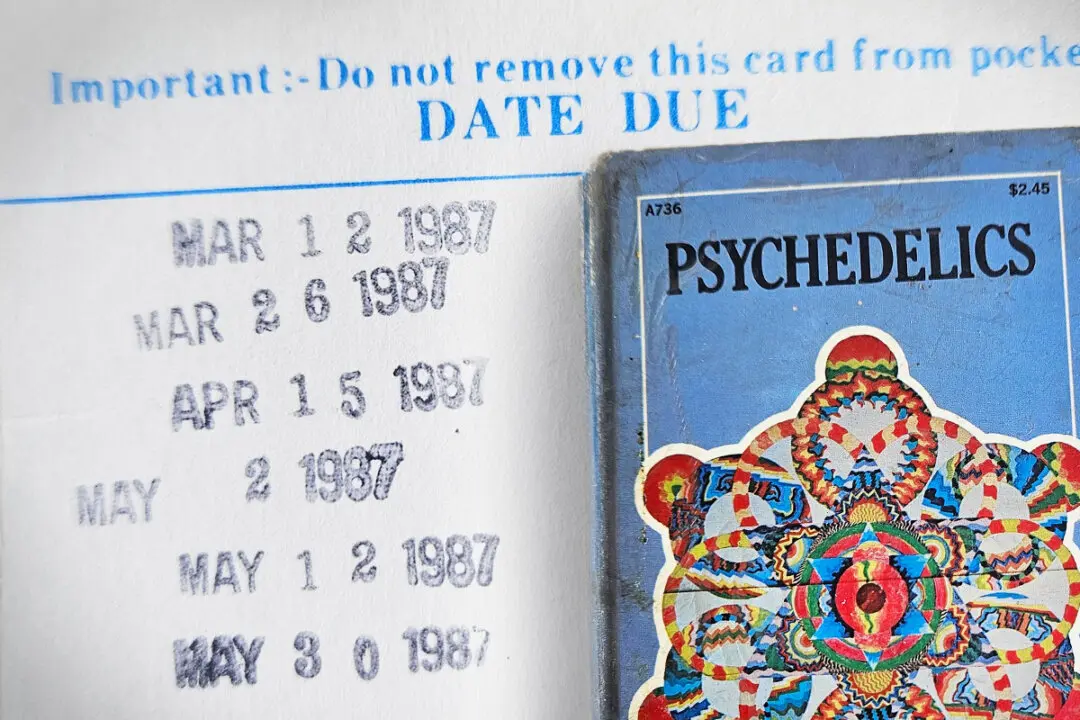The South Pacific Ocean, part of the largest and deepest of our planet’s oceanic divisions, has seen its fair share of warfare.
In 1942, an epic and devastating World War II battle between the United States and Imperial Japanese navies took place, and for a U.S navy aircraft carrier named “Hornet,” it was to be her final skirmish. The USS Hornet launched the Doolittle Raid in April of 1942, and played an important role in winning the Battle of Midway. But the aircraft carrier was wrecked in the battle and its remains were never recovered.
Until now.
A research vessel named “Petrel,” stationed in the South Pacific near the Solomon Islands, discovered the long-lost wreckage of the USS Hornet in late January 2019. The ship was located by a deep-sea sonar drone, resting beneath the ocean’s surface at a depth of more than 17,000 feet.
“When they left, we were dead in the water,” Nowatzki said, remembering a fierce battle against enemy factions. “They used armor piercing bombs.”
Nowatzki’s memories were crystal clear: “Now when they come down, you hear ‘em going through the decks … plink, plink, plink, plink … and then when they explode the whole ship shakes.”

One hundred and forty crew members died. The rest were ordered to abandon ship. And the USS Hornet sank a long, dark, 3.5 miles to the ocean floor.
The crew of the research vessel Petrel had been scanning the ocean floor around the Solomon Islands with a deep-sea sonar drone when the drone’s live pictures indicated a wreckage in a similar location and of a similar size to the long-missing USS Hornet. The crew were excited: this discovery could provide a significant missing puzzle piece from naval history’s archives.

For the sake of certainty, the Petrel crew identified the Hornet’s naval designation: CV-8. Luckily, it matched that of the original vessel.
Nowatzki, despite the inevitable traumas of life in times of battle on the navy vessel, has not lost his sense of humor: “If you go down to my locker, there’s 40 bucks in it. You can have it!” he quipped.
It was a huge discovery and a huge honor for the crew of the Petrel to find the USS Hornet, so many miles under the ocean. Its exact location will remain secret, but the discovery of the wreckage will answer many questions about the vessel’s demise, and will lay memories of its dedicated crew to rest.
Nowatzki is proud to have reached his nineties and lived to see the wreckage of a vessel he once knew pulled from the depths of the South Pacific Ocean. He witnessed several stark reminders of a past life in the process: within the wreckage, a jacket hung on a hatch, a wash kit, complete with toothbrush, evidence of lived experiences and lives tragically lost.
“I want to thank you for honoring me this way.”




